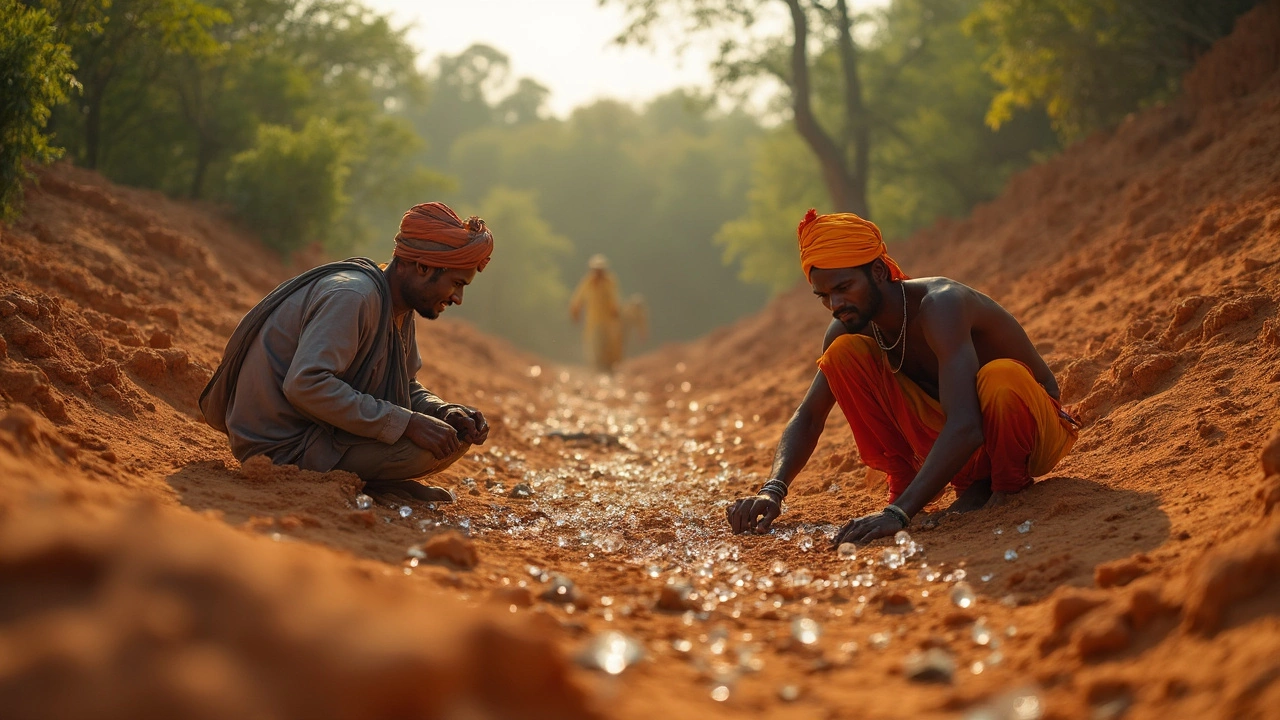Indian Gemstones: Types, Care, and Buying Guide
When talking about Indian gemstonesnaturally colored stones sourced from India and widely used in traditional and contemporary jewelry, most people think of sparkling stones in wedding sets or festive necklaces. These gems are more than just pretty pieces – they carry cultural stories, regional mining history, and a range of physical properties that affect how you wear and maintain them. In the Indian market you’ll frequently encounter emeralda deep‑green stone prized for its rich hue and rarity, diamondthe hardest mineral on Earth, valued for brilliance and durability, rubya vivid red gemstone symbolizing passion and power, and pearlorganic gems formed inside mollusks, known for their elegant luster. Together they form the core of what we call Indian gemstones, a category that encompasses a wide spectrum of mineral and organic stones, each with its own set of care needs and buying considerations. Understanding these differences is the first step toward making smart choices, because Indian gemstones require specific knowledge about durability, setting types, and long‑term maintenance.
Why Understanding Indian Gemstones Matters
Indian gemstones Indian gemstones encompass emeralds, diamonds, rubies, sapphires, and pearls, creating a vibrant palette for designers and buyers alike. Purchasing them requires awareness of key attributes: hardness (measured on the Mohs scale), typical inclusions, and cultural significance. For instance, diamonds rank 10 on the Mohs scale, making them ideal for everyday rings, while emeralds sit around 7.5‑8 and are more prone to chipping, so protective settings are a must. Pearls, being organic, need humidity control and gentle cleaning to avoid cracking. These gemstone characteristics directly influence the buying process; a buyer who knows that emeralds need less exposure to harsh chemicals will choose a setting that shields the stone, extending its life. Moreover, proper gemstone care influences the longevity of each piece – regular cleaning, safe storage, and occasional professional inspections keep color and brilliance intact. In India’s bustling jewelry scene, you’ll also find regional preferences: South Indian weddings often feature emerald‑laden kundans, while North Indian bridal collections favor brilliant diamonds. Recognizing these patterns helps you align purchase decisions with personal style and cultural context.
The collection of articles below dives deep into each of these facets. You’ll discover how to compare diamond prices between India and the USA, learn whether emeralds can survive daily wear, get a clear picture of what the 750 stamp means on gold pieces, and explore the symbolism behind common Indian jewelry traditions. Whether you’re a first‑time buyer, a seasoned collector, or simply curious about the sparkle behind Indian festivals, the guides provide actionable tips, real‑world examples, and practical advice that go beyond surface‑level descriptions. Let’s explore the world of Indian gemstones together and find the perfect pieces that match your taste, budget, and lifestyle.
